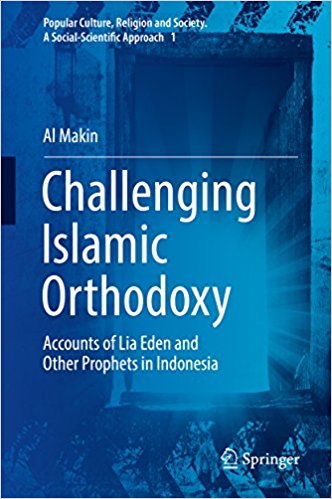
ISR co-director Byron Johnson, William H. Wubbenhorst, and Alfreda Alvarez recently issued Assessing the Faith-Based Response to Homelessness in America. The 146-page report is based on an initial 11-city study on faith-based organization’s (FBO) impact on homelessness, measuring the percentage of emergency shelter beds provided by these ministries. The report also includes a 3-year projection of taxpayer savings, specifically looking at homelessness ministries, residential recovery, and job readiness programs. The study finds that FBOs provide almost 60 percent of emergency shelter beds. While these organizations are often at the forefront of program innovation, government-run Housing First policies do not always engage effectively with these ministries. The program outcomes for successful participants from FBO Residential Recovery and Job Readiness programs in these 11 cities generate an estimated $119 million in taxpayer savings during the three years following program exit. This report can be downloaded at http://www.baylorisr.org/wp-content/uploads/ISR-Homeless-FINAL-01092017-web.pdf
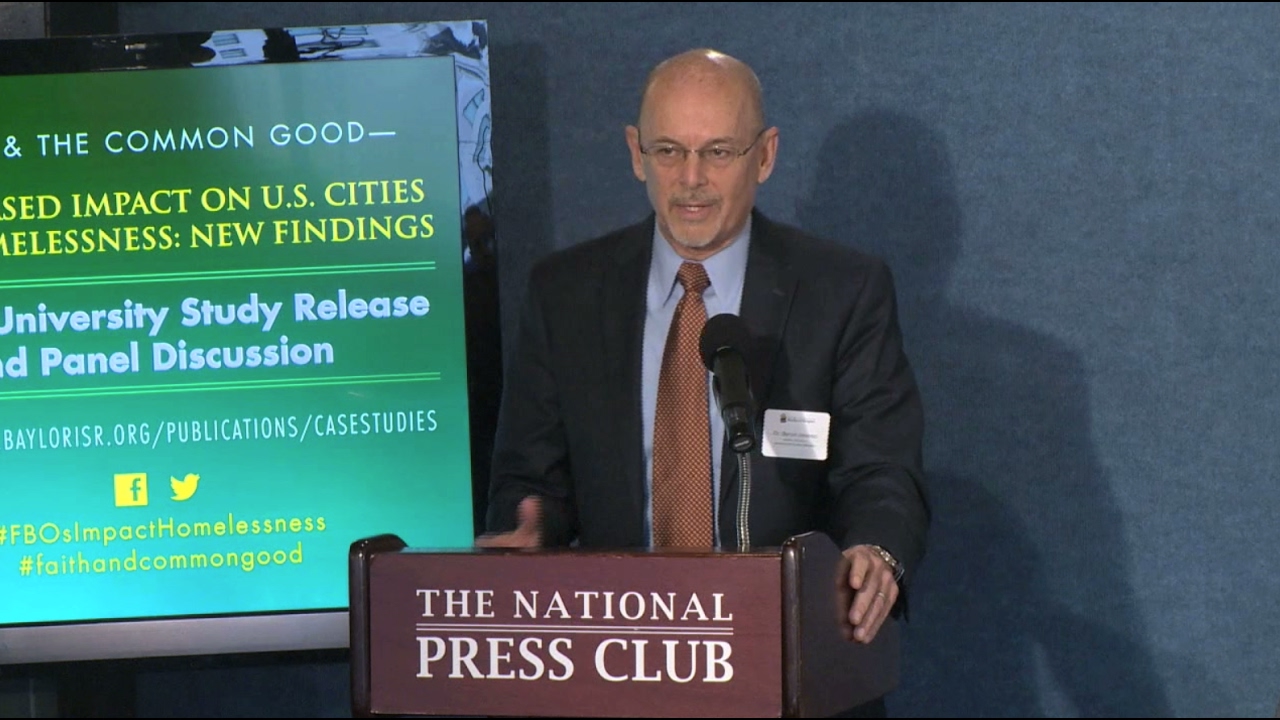
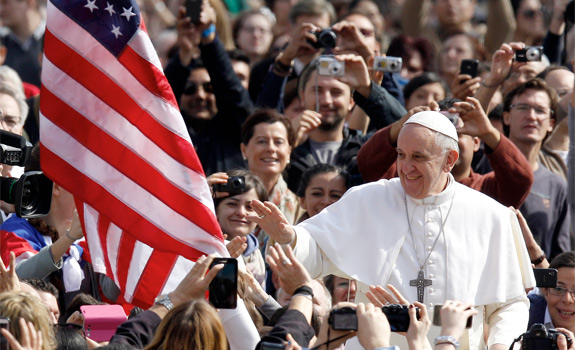
The chapters on minority and new religious movements document the missteps the bureau and its agents have taken toward unconventional faiths. Catherine Wessinger re-examines the case of the Branch Davidians and finds that the FBI knew more about the impending raid in Waco than has been subsequently reported while tuning out scholarly advice about David Koresh and his apocalyptic beliefs. The bureau’s counterterrorism tactics since 9/11 are likewise criticized for ignoring scholars of Islam and listening to self-proclaimed experts who often stress the violent nature of Islam. All this material brings the reader to the concluding chapter that deals with the recurring issue of bridging the gap between the FBI and scholarship on crime enforcement. Scholars have positioned themselves as “worldview translators” as they explain the motivations and beliefs of targeted religious groups to agents, but such a role can too often turn into advocacy, Weitzman writes. Although the bureau still rarely engages the academic study of religion, he adds that there are signs that the bureau has changed, partnering with educational institutions and encouraging counterterrorism agents to study Islam.
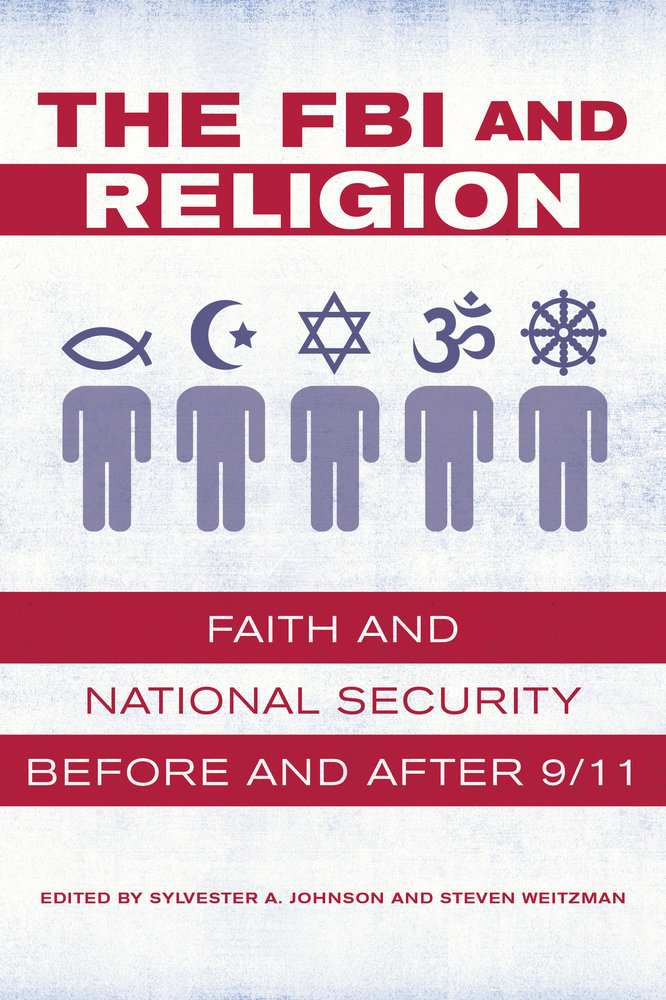
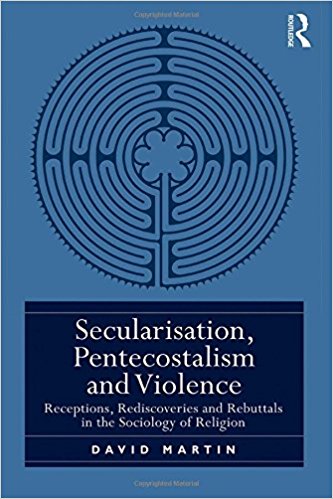
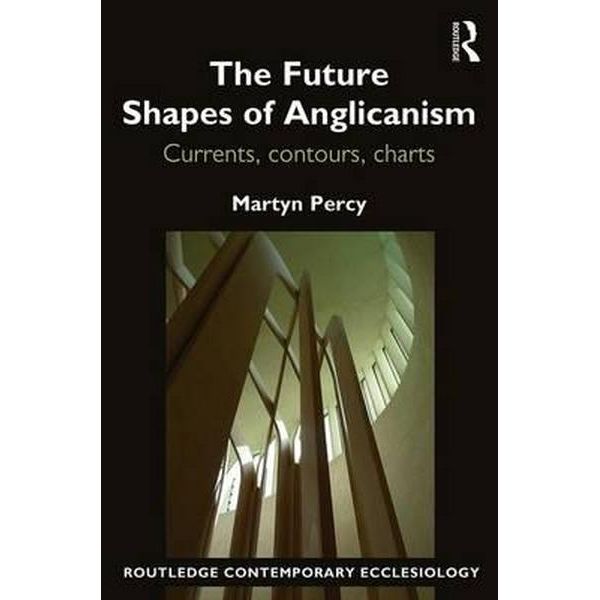
Originally a well-known flower arranger, Lia Eden started by defending Islam and criticizing associations with other religions, while developing a gift for healing—not unlike other founders of Indonesian NRMs. She soon became disappointed by Muslim ulemas with whom she was cooperating and experienced frictions with the Indonesian Ulema Council (MUI) due to her claims that she was receiving revelations from Archangel Gabriel, as Muhammad had done. After interviewing her in 1997, the MUI stated that nobody could receive messages from Gabriel after the Prophet of Islam, and the fact that Lia was a woman did not help. From that point Lia started distancing herself increasingly from Islam, encouraging the integration of practices from other religions and the abandonment of Muslim rituals. In year 2000, an edict from Gabriel proclaimed the group to be a new religion distinct from Islam. By the mid-2000s, Lia claimed to have united with Gabriel and to speak directly in the name of God while issuing other grandiose statements about her own person and mission. Lia also started to exercise absolute authority over followers, expecting complete commitment, and moreover purged a number of them, thus reducing the movement to a very small group. She also kept warning Indonesia about imminent chastisements and spoke about the imminent end of the world.
The group experienced sometimes-violent opposition as well as state prosecution, with Lia being arrested twice and spending several years in prison. Beside the specific case of a tiny movement, Makin’s book offers insights on conflicts around NRMs in the Muslim Indonesian context, where reactions—in contrast to those against NRMs in the West—do not focus on the psychological well-being of followers but on heterodox teachings. In 2007, the MUI set up nine criteria in order to determine if a group is heretical or not. Makin also describes a Muslim counter-cult group—not unlike its Christian counterparts in the West—that gathers documentation on local “cults” and cooperates with police. Yet despite her clearly heterodox teachings, Muslim activists fighting for the promotion of pluralism have defended Lia’s religious freedom, stating that somebody who has left Islam can no longer be judged on the basis of Islam. Political and social response to such NRMs—an appendix briefly describes various other prophets—can be considered as an indicator of pluralism and tolerance in a society, Makin writes. The contemporary Indonesian prophets are all prosecuted on the basis of the 1965 blasphemy law, thus accusing them of committing blasphemy against Islam in what is supposed to be a pluralist society. As long as the blasphemy law is not reviewed, the government won’t respect the fundamental rights of the Indonesian prophets, Makin concludes.
